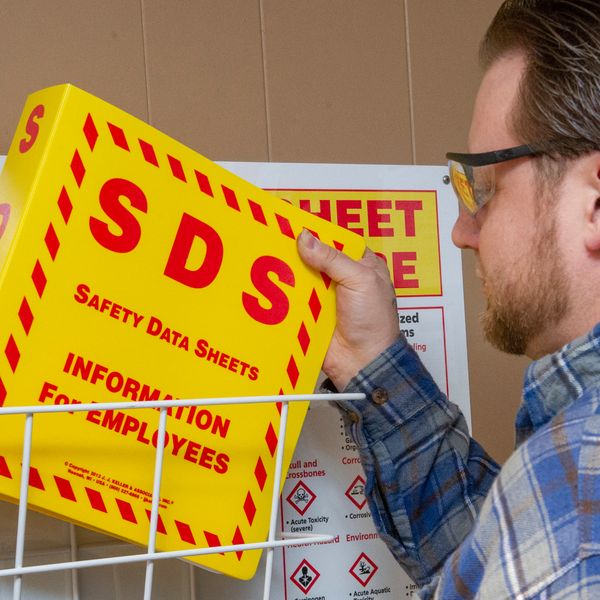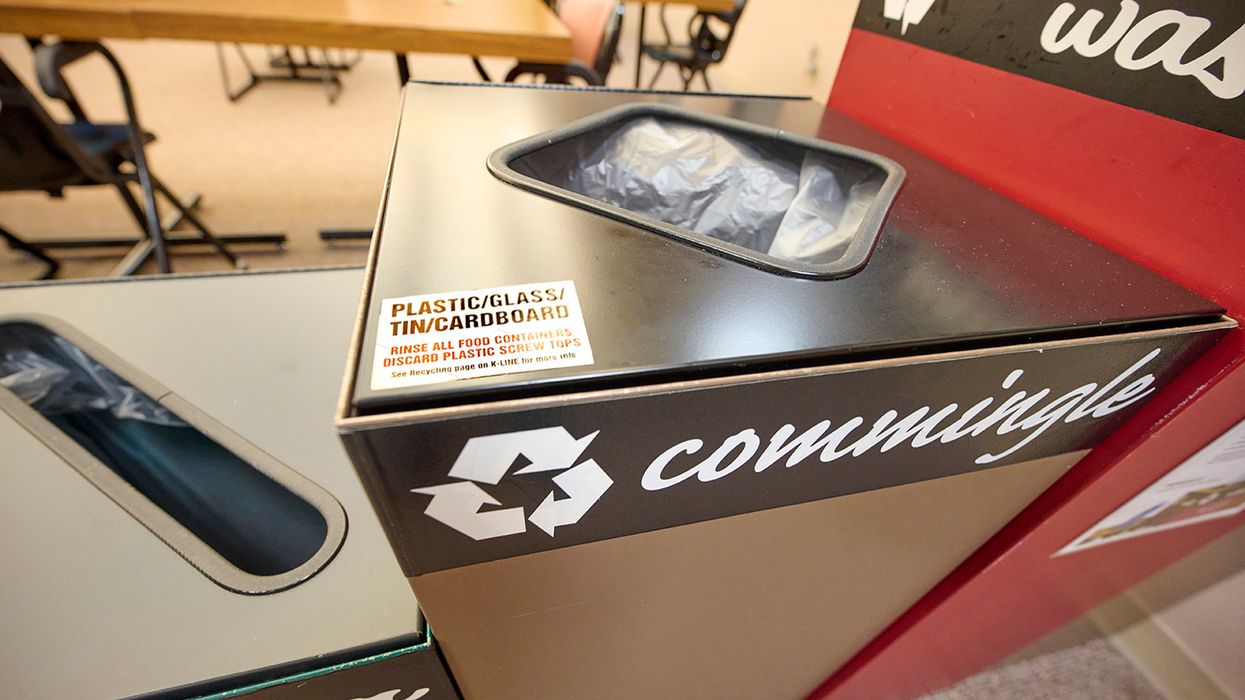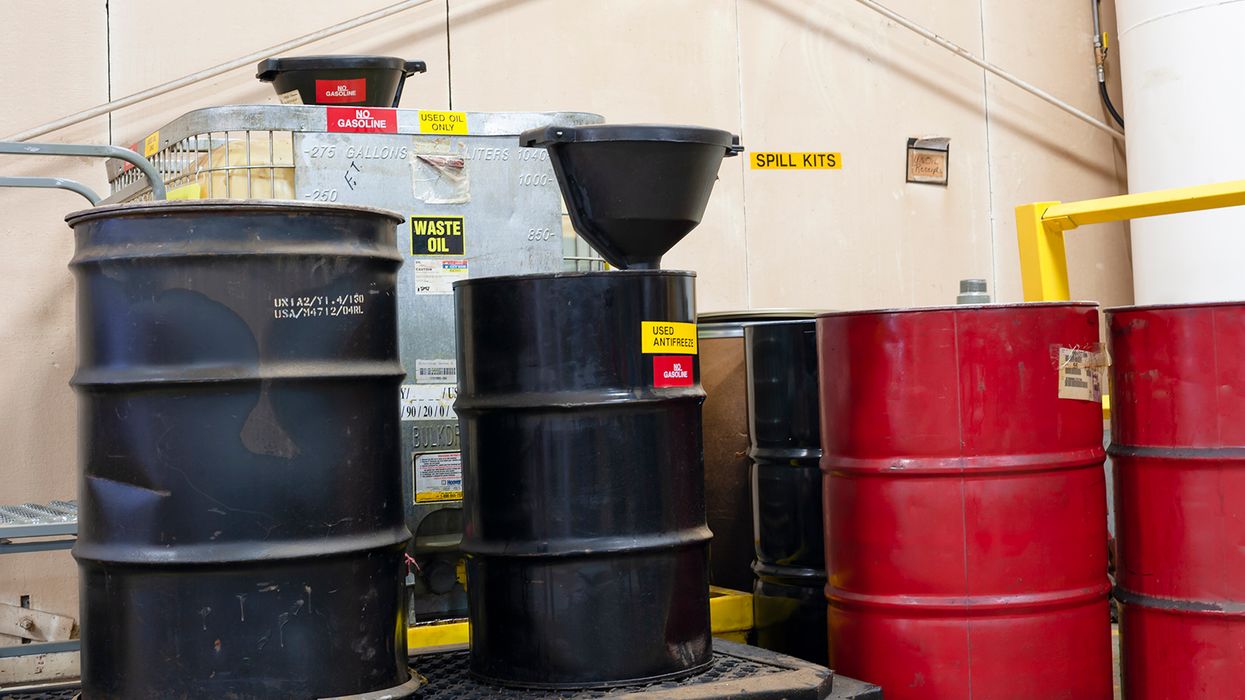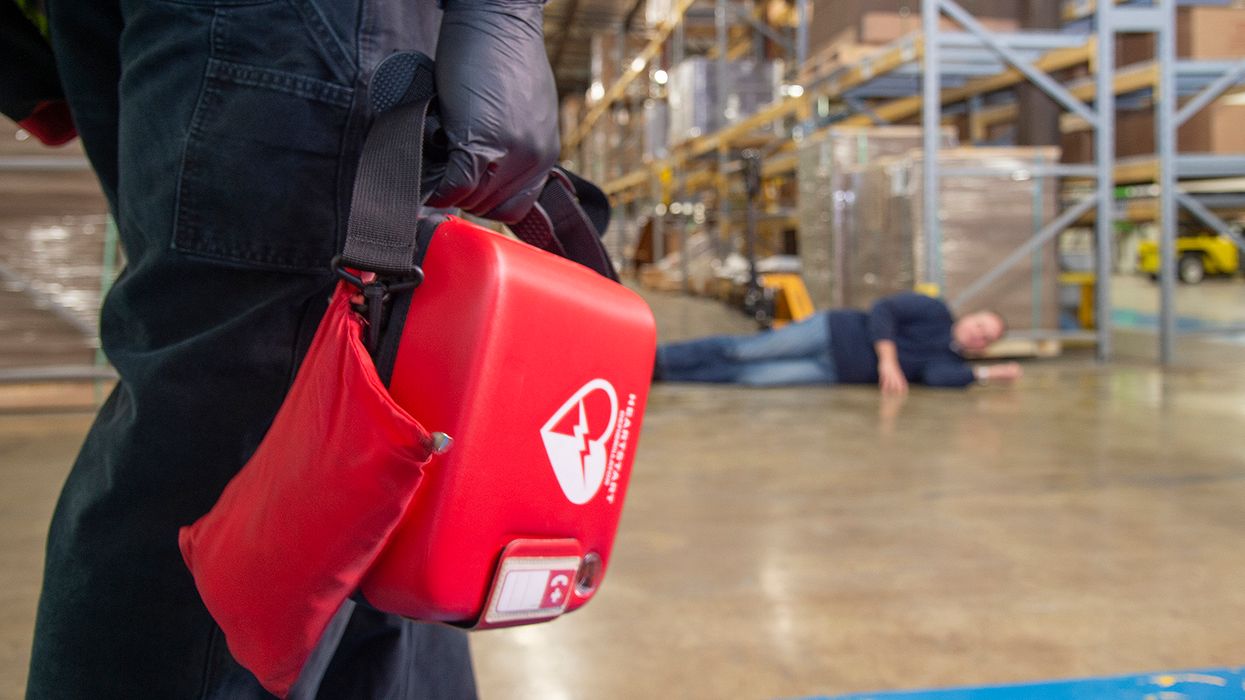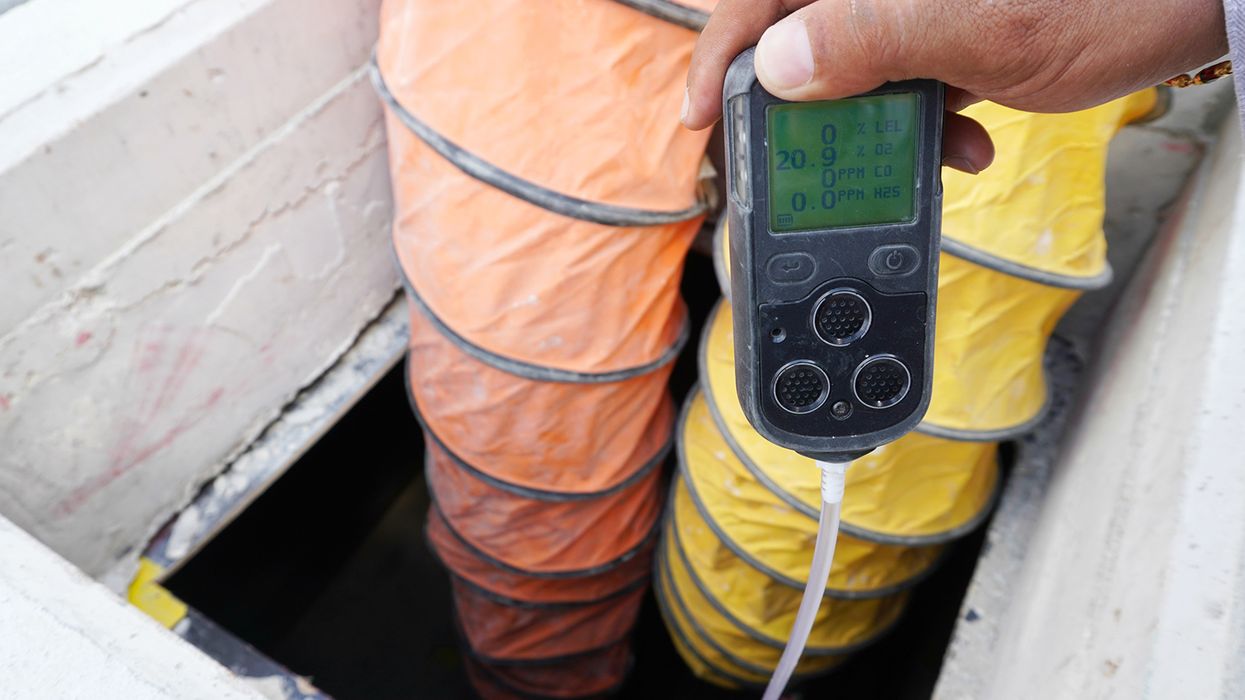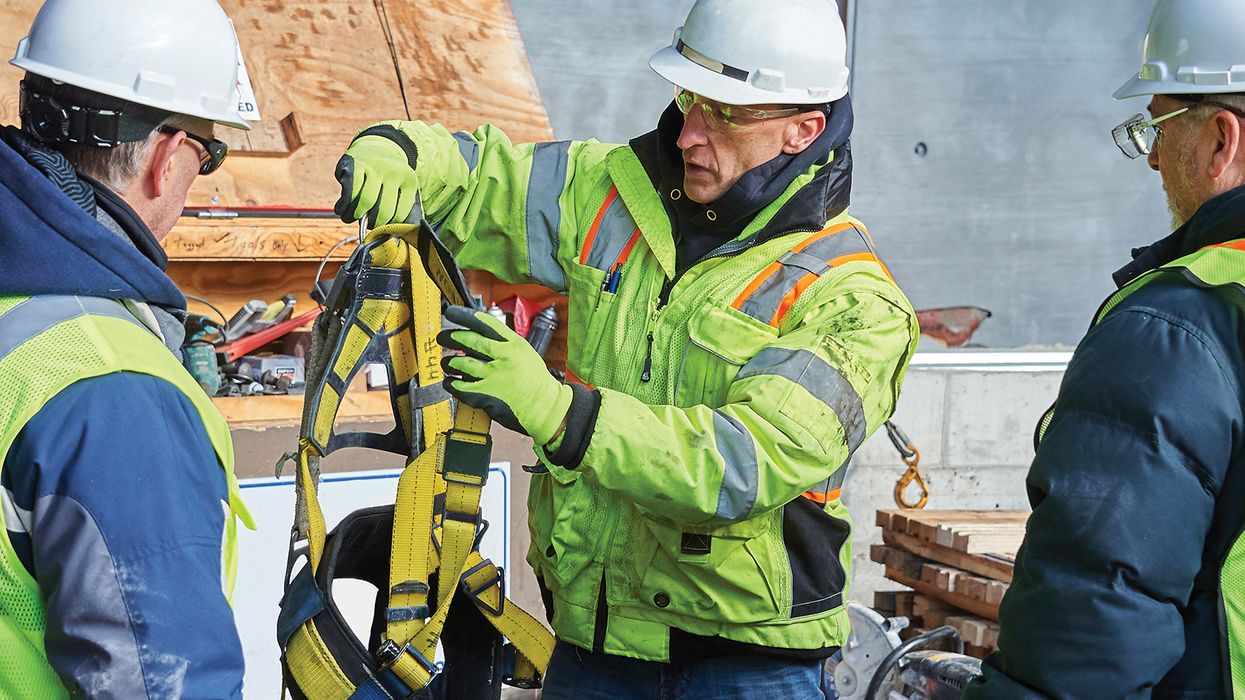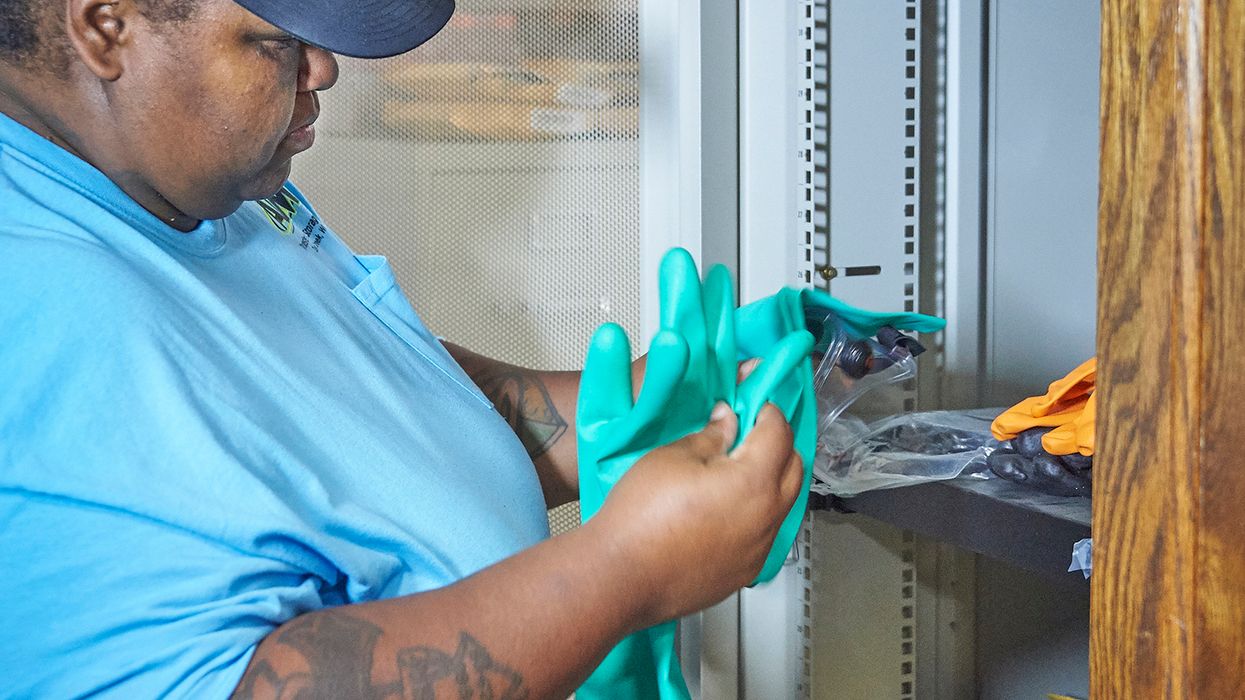NewsIndustry NewsHazard ClassificationsSafety & HealthConcrete/Masonry ConstructionGeneral Industry SafetySpecialized IndustriesIn-Depth ArticleHazard CommunicationUSAEnglishFocus AreaHazCom Information and Training
HAZCOM — Construction overview
2021-01-14T06:00:00Z
Remember, just because you work in construction, doesn’t mean that OSHA’s Hazard Communication standard doesn’t apply. In fact, rules might become more strict when it comes to multi-employer worksites.
Understand what your responsibilities are and know what questions to ask should you be confused about something.
What must my employer do?
Employers must:
- Keep a list of hazardous chemicals in the workplace;
- Prepare and follow a written HazCom program;
- Make sure all chemical containers are properly labeled;
- Make sure safety data sheets(SDSs) are available to you; and
- Provide training to you.
What are chemical hazards?
There are two general types of chemical hazards:
- “Physical hazard” which means a chemical that is classified as posing one of the following hazardous effects: explosive; flammable (gases, aerosols, liquids,or solids); oxidizer (liquid, solid or gas); self-reactive; pyrophoric (liquid or solid); self-heating; organic peroxide; corrosive to metal; gas under pressure; or in contact with water emits flammable gas; and
- “Health hazard” which means a chemical which is classified as posing one of the following hazardous effects: acute toxicity (any route of exposure); skin corrosion or irritation;serious eye damage or eye irritation; respiratory or skin sensitization; germ cell mutagenicity; carcinogenicity; reproductive toxicity; specific target organ toxicity (single or repeated exposure); or aspiration hazard. A chemical can have both physical and health hazards.
What are your rights?
Under the HCS, you have the right to training about:
- The HCS standard itself;
- Operations in the workplace that use hazardous chemicals;
- The hazards of the chemicals you work with;
- How you can detect a release of those chemicals;
- How you can get a copy of the written hazcom program;
- Where SDSs are located and how you can access them; and
- The labels found on containers of hazardous chemicals.






